Gardening essence, boxwood bonsai, lifelike, values, visual view, appreciation of emotional flower art
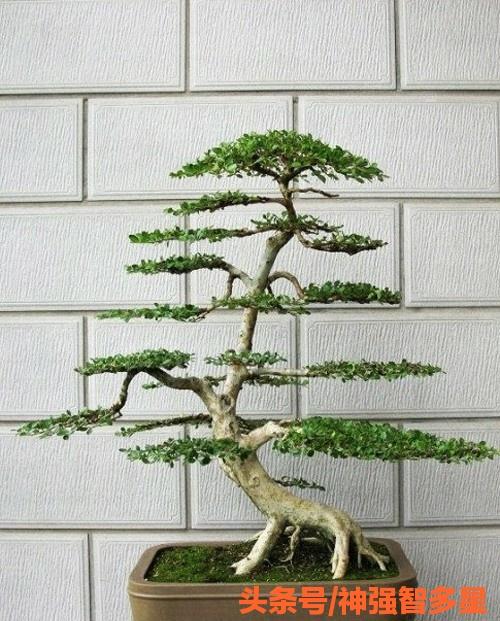
Chinese boxwood potted plant
Buxus potted plant to its small evergreen leaves, slow growth and difficult to become a variety of art treasures. Generally speaking, boxwood bonsai materials are mostly taken from wild old piles by the water. Buxus perennial oil green, commonly used purple sand pottery basin, basin color to purple or light yellow for more. The shape of the basin depends on the form of the model. Cliff-style should use deep thousand barrel basin, inclined to type or curved dry oval or rectangular basin. Buxus bonsai is cold-resistant, buxus germination is strong, coarse tie fine cut, made into cloud sheet or steamed bread shape, or processed into natural tree. The trunk is made of inclined dry or lying down type according to its natural trend. Some boxwood bonsai embellishment show stone, then become "boxwood Fu". Buxus bonsai spring tender leaves, full of tender green trees, very pleasing to the eye. The ancients sang poems on boxwood, and the boxwood tree was a thousand branches. The leaves were deep in emerald gardens. According to ancient times, it was a dragon.
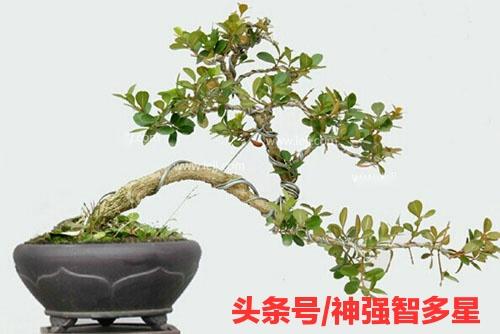
The maintenance of boxwood bonsai: sufficient sunlight and moisture, it is best to choose a place where "the sun can be exposed in the morning, the afternoon is cooler, the air circulation is good, and the rain is natural". If indoor viewing is best ten days and a half after it goes to the sun and rain. In the pot of Buxus chinensis, it is necessary to keep wet frequently, because the absorption of its roots and the photosynthesis of its leaves and the whole growth process require a lot of water, of course, the demand is also changed with the seasonal climate. The biggest change in the environment is that the humidity of the environment is small, which depends on our maintenance to give it timely and appropriate supplement. Therefore, watering should pay attention to climate, pay attention to technology and ensure quality. When the temperature is above 20℃ and there is no water in the basin, watering is divided into three steps: the first step is to flush the soil without moving (to meet the water demand in the basin); the second step is to soak the branches and leaves (multi-angle watering); and the third step is spraying. In summer or when the temperature is above 20℃ and there is no water shortage in the basin, water according to the second and third steps; when the temperature is below 20℃ and above 10℃, there is no water shortage in the basin. In winter morning, water according to the third step once a day under the sunshine. Autumn "white dew" after, and so on dew dry, according to the third step spray water. Frost days do not water sooner or later;"three nine days" before the cold wave does not water to prevent frozen soil, frozen branches and leaves, the same to keep the basin filtered water ventilation. Thin fertilizer and diligent application of Buxus sinensis fertilizer should adhere to the main plant fertilizer, mainly natural fertilizer, mainly human and livestock manure. Carefully apply chicken and duck manure and high-efficiency fertilizer, remember not to apply fertilizer without decomposition and excessive fertilization, to achieve thin fertilizer and frequent application. Apply seasonal fertilizer before season change, such as germination fertilizer in early spring, strong leaf fertilizer in summer, temperature-resistant fertilizer in summer, heat preservation fertilizer in winter; apply supplementary fertilizer after each pruning, apply more supplementary fertilizer in rainy season and summer basin, and apply appropriate fertilizer if growth is not good.
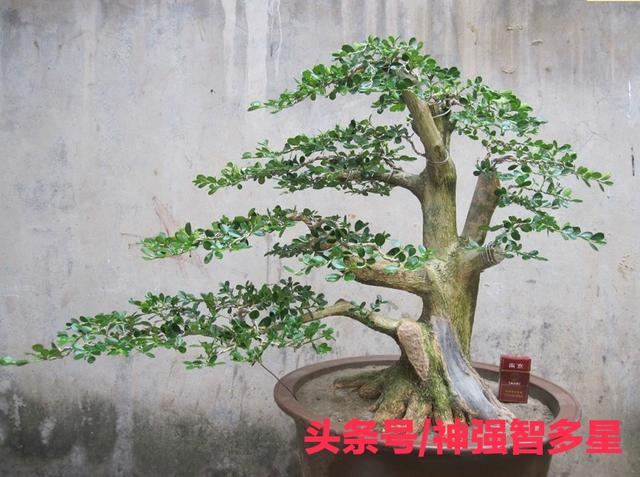
The wood of Buxus chinensis is hard and brittle, the branches are thin and easy to hurt, and the plasticity is not large. Therefore, we should pay attention to the selection of piles first, and then according to the tree system, the shape must be based on pruning. Can also be properly tied with rope pull, branch displacement large to several times in place, that is, can not be demanding, can not be eager to succeed, otherwise it will backfire. Avoid using rust wire twisted branches, a skin injury prevention, two dead branches prevention. The trunk of Buxus chinensis grows very slowly and vigorously, but the young shoots grow faster, and the density of leaves must be elongated, so it appears soft and scattered. Only by using "picking the heart" to control it can the ornamental value be guaranteed. That is, before the branches lignify, leave a pair, at most two pairs of tender leaves, and pick or cut off the rest. Under appropriate water and fertilizer conditions, it will send out two tender shoots in ten and a half days. In this way, its branches appear short and thick, and the leaves can be multiplied by 2, constantly improving the ornamental value. Then it is necessary to remove the flower buds in time. Buxus sphaeroides begins to have flower buds before summer and autumn, and blooms in spring. The nutrients required for flowers and fruits account for 70%-80% of the whole tree, which will inevitably affect its normal growth and beauty. We mainly observe leaves. Therefore, it must be removed from the bud.

Most roots are fleshy and thin roots. Its water and nutrient absorption is mainly the absorption function of the root tip, and the length of the root arm is secondary. The roots grow and cannot spread in the basin. Bending is very harmful. Moreover, in order to absorb nutrients, the root tips naturally extend forward and contact new soil. Root stay long, not long, the root tip will hit the wall, although the root tip will turn, but to laborious time-consuming, affecting growth. Especially the basin wall and the basin bottom will soon be full of roots, forming a soilless "root plate", and changing the basin. This creates a vicious circle. With soil for basin (not with more soil) to cut off exposed in the soil surface long roots. The best season for changing pots is early spring (after setting roots, they can sprout). The second is the season of vigorous growth in summer (seven or eight days after changing pots in the shade, it will resume its prosperity). The larvae of the leaf roller moth like to suck the leaf juice of boxwood most. After the leaf roller is born, it can spit out silk to curl the surrounding leaves. It hides in the middle to suck the leaf juice. In two or three days, it will suck up the juice of the curled leaves, leaving a white vein network. At this time, it will transfer the harm. If it is not killed in time, it will destroy all the leaves five or six days later. Not only does it destroy the beauty, but it also kills those who grow poorly. As long as the leaf curl insect is generally "sucked to kill" and "touched to kill" pesticides, it can be eliminated, and it is important to find and extinguish it in time. It is worth noting that the eggs of leaf rollers, in summer days, especially when the temperature is above 30℃, as long as three or four days can hatch into harmful insects, the fastest replacement. So when the temperature is high, it's good to kill once a week.
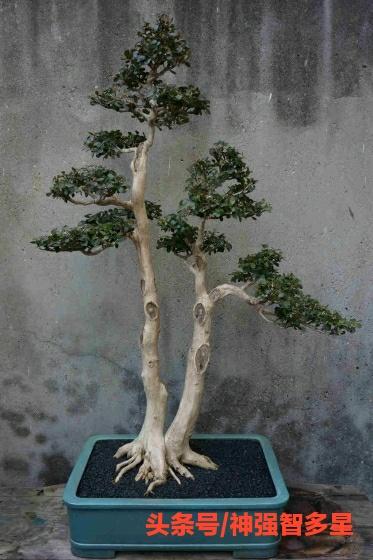
Bud Promotion Technique of Buxus chinensis Bonsai
There are many fine products in all kinds of boxwood down the mountain piles. I also like boxwood very much, especially pearl boxwood. Pearl boxwood has been settled in high mountain ridges or stone crevices for generations. After being severely honed by wind, frost and ice, it naturally grows into twisted branches and strange trees, becoming excellent materials for bonsai stumps. Yuan Hua Youwu's poems on boxwood wrote: "Close to boxwood trees, whirling branches heavy, deep leaves garden jade, roots ancient distance dragon." Years of frost, when stained with rain and dew thick. It is harder than cold." Buxus bonsai tree posture beautiful, leaves small as Douban, thick and bright, evergreen, year-round viewing. Yang Pai boxwood bonsai, branches and leaves after cutting processing, into a "cloud sheet", flat thin as cut, and then decorated with mountain stones, elegant picturesque. Buxus spring tender leaves, full of tender green trees, very pleasing to the eye. Ancient people chant boxwood poetry, chi boxwood tree, Po to thousands of branches, deep leaves Fei Cui, according to the ancient Chinese boxwood bonsai although good, but the fly in the ointment some branches bald, seriously affect the shape, I after a period of repeated experiments and learn from the experience of online predecessors, found a set of boxwood to promote bud technology, although not perfect, but has a certain practical value, hope to help you solve this problem boxwood avoid strong light, so planting process should only be scattered, Not strong light exposure, just down the mountain or long-distance transportation and just turned the pot of boxwood to Yin for a period of time, and then into normal maintenance, can be perennial foliar spray very thin nitrogen fertilizer (urea diluent, 2000 times), do not touch phosphorus and potassium fertilizer. Usually watering, but also mixed with trace nitrogen fertilizer, so that the leaves are very beautiful, dark green, there is a layer of luster cut to the point, how to make bare stem long bud? (Some leaves fall off or even all fall off due to improper maintenance, do not discard them, you can use this method) It is very simple, and the raw materials are not expensive, that is, gibberellin is 920. When using it, look at the aging degree of the stem. If it is seriously aged, increase the concentration appropriately. Generally, it is about 1000 times. Alcohol is dissolved and diluted with water. Apply it evenly to the place where branches need to grow. Once a day, two or three times is enough. Don't worry. The bud will come out soon. The bud just came out is very delicate. Don't touch her.
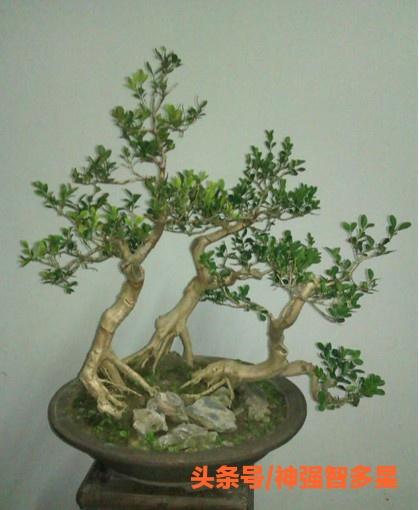
PS: Why not apply potassium fertilizer?
Potassium mainly exists in the plant body as ion state, does not participate in the composition of important organic matter (relative to nitrogen and phosphorus), and has a significant effect on reproductive growth centered on flowering and fruiting. Therefore, for the long bud root as the center of the downhill pile, the effect is not obvious, but there are side effects. The main reason is that, on the one hand, potassium ions increase, the concentration of stomatal guard cell fluid will increase, so that stomata are enlarged, and water in the body is easy to lose. On the other hand, the accumulation of potassium ions requires a corresponding energy supply, which intensifies the consumption of the limited "stock" of the downhill pile, which is unfavorable for improving the survival rate. Excessive potassium fertilizer can easily cause yellow leaves to fall off, and even cause plant breathing difficulties and death. The need for phosphorus fertilizer is very small. Without special dressing, foliar fertilizer can sometimes play a role that soil fertilization cannot play. For the downhill pile, it can quickly and timely obtain the required mineral nutrients, promote photosynthesis in time, supplement the insufficient stock in time, and improve the survival rate. The fertilizer applied outside the root is quick-acting nitrogen fertilizer, nitrogen is the "life element" in the formation of cell protoplasm and metabolism process.
Boxwood bonsai and home collocation
1. Scientific evidence suggests that brightly colored foods can boost appetite. Restaurant as a food space, embellished with some colorful green plants, can adjust the color of the restaurant style, placed with a strong ornamental flower potted plants, can arouse people's appetite. So you can place a small boxwood bonsai in the restaurant to relax more when enjoying the food. 2. If the style of the living room is simple, boxwood may be a good choice, placed on one side of the sofa, or on both sides of the TV wall. Blank places in the home can be decorated with boxwood bonsai, not only will not be crowded, but also for your living room Zengcai. In the combination of collocation, should be based on space, small and large potted reasonable layout, too large or too much will make the living room appear uncoordinated.
Thank you for reading, like to pay attention to Xiaobian, give Xiaobian a compliment. Happy New Year 2018 to everyone.
- Prev
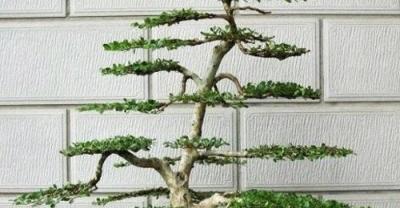
The name of the super-beautiful Platycodon grandiflorum, the gardener teaches you to burst the pot!
The introduction mentioned Platycodon grandiflorum, many people think it is a very elegant and beautiful flower, and it is often used as a fresh cut flower, but many like it.
- Next

In the hustle and bustle of English gardens in the busy city, Xanadu gardeners love to attach designs.
Today, I would like to share with you a small garden in Shanghai. The owner of the garden is AKKLematis. The garden address is Lane 25, Taiyuan Road, Shanghai. This is a townhouse.
Related
- Wuhan Hospital Iron Tree Blooming Result Was Instantly Frightened by the Gardener Master
- Which variety of camellia is the most fragrant and best? Which one do you like best?
- What is the small blue coat, the breeding methods and matters needing attention of the succulent plant
- Dormancy time and maintenance management of succulent plants during dormancy
- Minas succulent how to raise, Minas succulent plant pictures
- What are the varieties of winter succulent plants
- How to raise succulent plants in twelve rolls? let's take a look at some experience of breeding twelve rolls.
- Attention should be paid to water control for succulent plants during dormant period (winter and summer)
- Watering experience of twelve rolls of succulent plants
- Techniques for fertilizing succulent plants. An article will let you know how to fertilize succulent plants.

